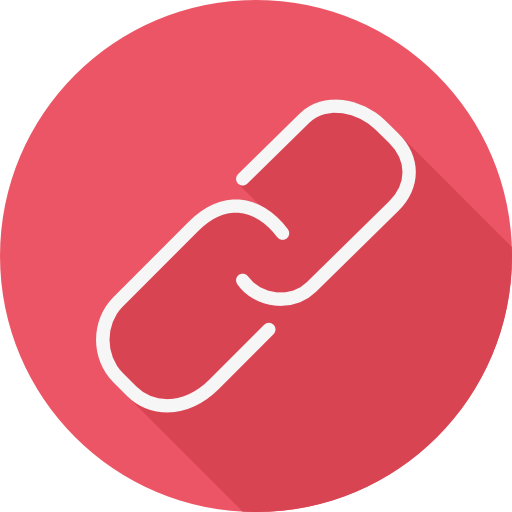Check nearby libraries
Buy this book

The Unified Process is the result of a merger and refinement of popular object-oriented methods, following on from the success of UML.
Check nearby libraries
Buy this book

Previews available in: English
| Edition | Availability |
|---|---|
|
1
Le Processus unifié de développement logiciel
June 23, 2000, Eyrolles
Paperback
in French
2212091427 9782212091427
|
zzzz
|
|
2
El Proceso Unificado de Desarrollo de Software
November 2000, Addison Wesley Publishing Company, ADDISON WESLEY
Paperback
8478290362 9788478290369
|
zzzz
|
| 3 |
aaaa
|
|
4
Unified Software Development Process
1999, Pearson Education, Limited
in English
0321822005 9780321822000
|
zzzz
|
Book Details
Table of Contents
Preface
Edition Notes
Includes bibliographical references and index.
Classifications
The Physical Object
Edition Identifiers
Work Identifiers
Community Reviews (0)
| July 22, 2025 | Edited by MARC Bot | import existing book |
| December 4, 2024 | Edited by Tom Morris | Merge works |
| December 19, 2023 | Edited by ImportBot | import existing book |
| October 5, 2021 | Edited by ImportBot | import existing book |
| December 9, 2009 | Created by WorkBot | add works page |











